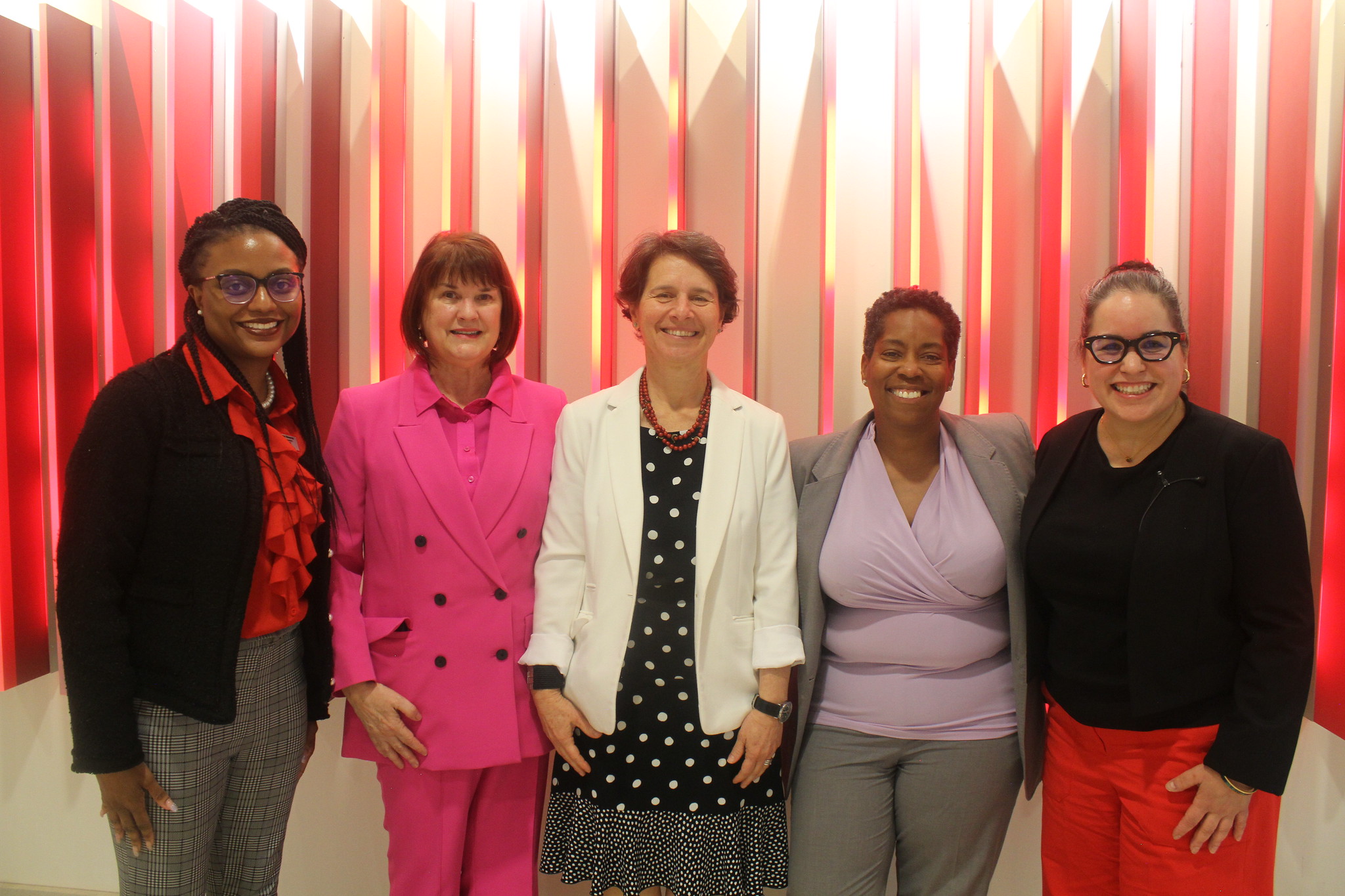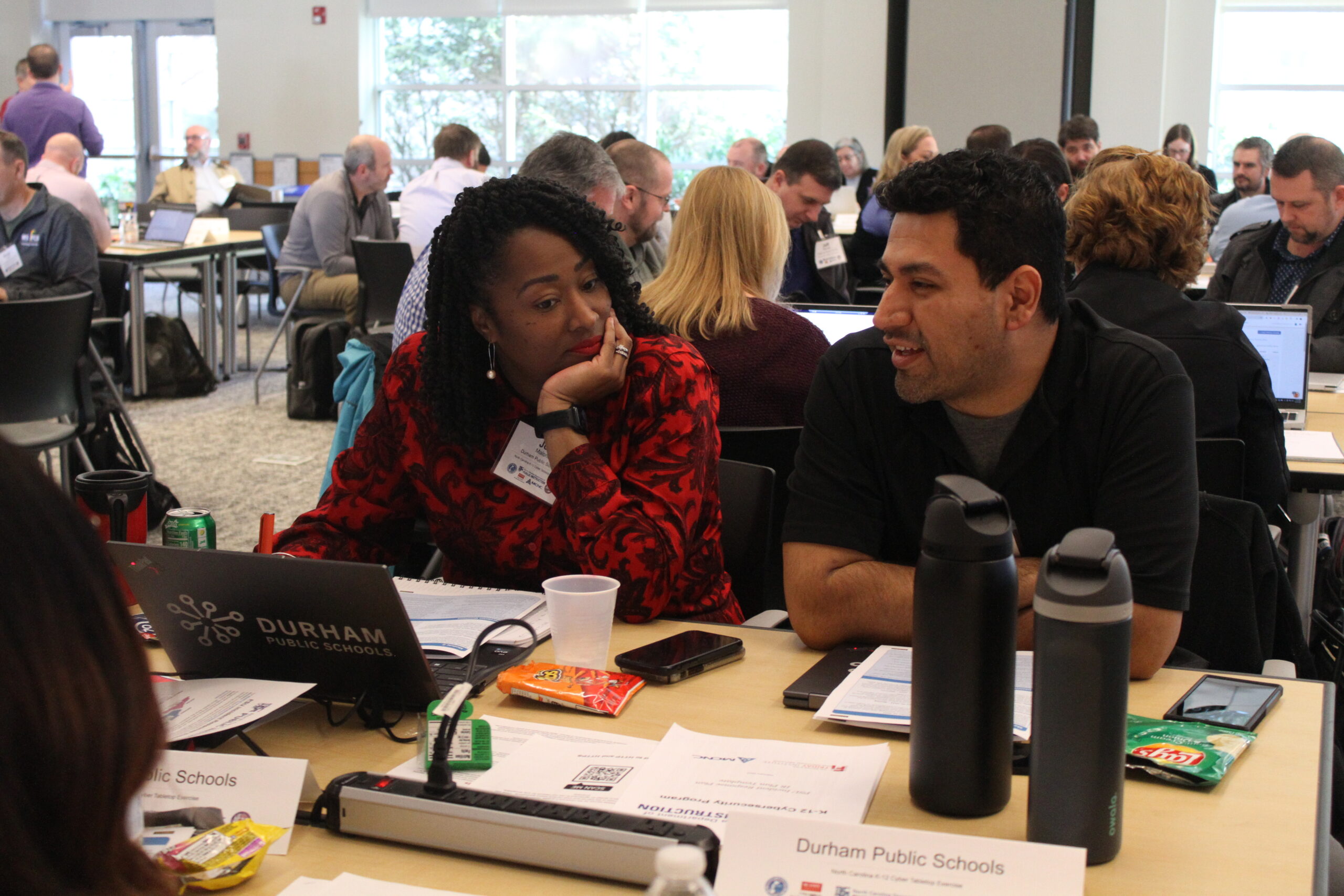Five Questions with…Dr. Kevin Winn on Teaching Children about Racial Justice in America

Whether researching education policy and evaluating research or writing children’s fiction, Kevin Winn, Ph.D., has made his focus on racial equity for students a priority. Now, Winn, a research assistant at the Friday Institute for Educational Innovation, is releasing his first published book, Juneteenth, which is part of a series he wrote published by the Cherry Lake Publishing Group titled Racial Justice in America: Histories.
The six-book series targeted for fifth through eighth grades comes out Aug. 1, 2021, and “explores moments and eras in America’s history that have been ignored or misrepresented in education due to racial bias,” according to the publisher’s website.
Juneteenth educates children about the history of Jun. 19, 1865, also known as Juneteenth, when the last slaves in the United States were finally released as free men and women. Even though slaves were technically freed two years earlier during the signing of the Emancipation Proclamation in 1863, some Texas slaves were not made aware of this until Juneteenth. This year, Juneteenth was officially declared a national holiday.
Winn has been writing children’s fiction for a while now, and when he connected with an editor at Cherry Lake Publishing, his background and passion for racial equity made him the perfect candidate for this non-fiction series, which he co-developed with educator, advocate and author Kelisa Wing.
“When I went into education, I knew I wanted to affect kids in a positive way, but I didn’t want to be a teacher,” said Winn. “That’s why I got into policy. But I feel like this right here, that’s another great way to impact kids is through books and writing.”
Who is this book or this series for?
It’s for all children. I think it’s important for white parents to be approaching these issues early on, and I think that that’s some of the problems that we have is we don’t know how to talk about race, and we worry about being challenged when we say something. I think providing those kids with tools to start talking about it early and to learn these things early, I think it helps them form relationships, helps them understand U.S. history a little better. I think something that can be difficult is [wondering] when are you retraumatizing kids of color by having these different things, so I hope that these books are used in an appropriate way of learning and helping kids just to learn about each other and to have more open discussions.
What is appropriate for children to learn about racial justice and at what age can they truly understand?
It was kind of challenging to do that, especially with making sure that it was age appropriate. The one that was the hardest to write was the racial atrocities because it’s teaching about lynchings and those types of violent crimes. So how do you make that approachable for a fifth grader? You know, keep it serious enough but also finding that balance. The way that I kind of thought about it was, when I was doing the research about lynchings, 10-year-olds were participating in them, so I was like, if they’re participating, I think it’s important that we do learn about them. Again, put in an age-appropriate way.
How can educators utilize these resources?
It’s just providing a more complete picture of what’s going on and what’s happened in our country, and I think by showing there are other events that were happening. In 1919, we talk a lot about the end of World War I, but we don’t talk about how the Red Summer of 1919 happened because of World War I. It’s bringing in those major events that we all learn about but then seeing how it affected other areas of life that we aren’t taught about.
What did you enjoy most about this project?
I kind of loved every part of it. It was so fun because I felt like I was able to use my background research skills and my passion for writing. It was one of those where it was, because I don’t want it to come across like it was just really fun because it was such a serious topic too, devastating to learn these things, but I think it was so good for me to dig into U.S. history more. I was making connections between what happened today and what happened before. I think it was great for me to learn about how to write for fifth through eighth graders. I haven’t written for that young of an age yet, so that was a great experience.
What do you hope this book will accomplish?
I hope it gets into the hands of kids who maybe otherwise aren’t learning these things. At least as an opening to think about issues. Schools are so segregated now by race that when we don’t have those personal connections, we don’t always learn about one another. So I think these books are a great way to learn about each other and each others’ histories and how different groups have different histories in the U.S. and how they’re connected. Where can we find those connections with one another but still recognize and value the differences in what we’ve experienced?
- Categories:

